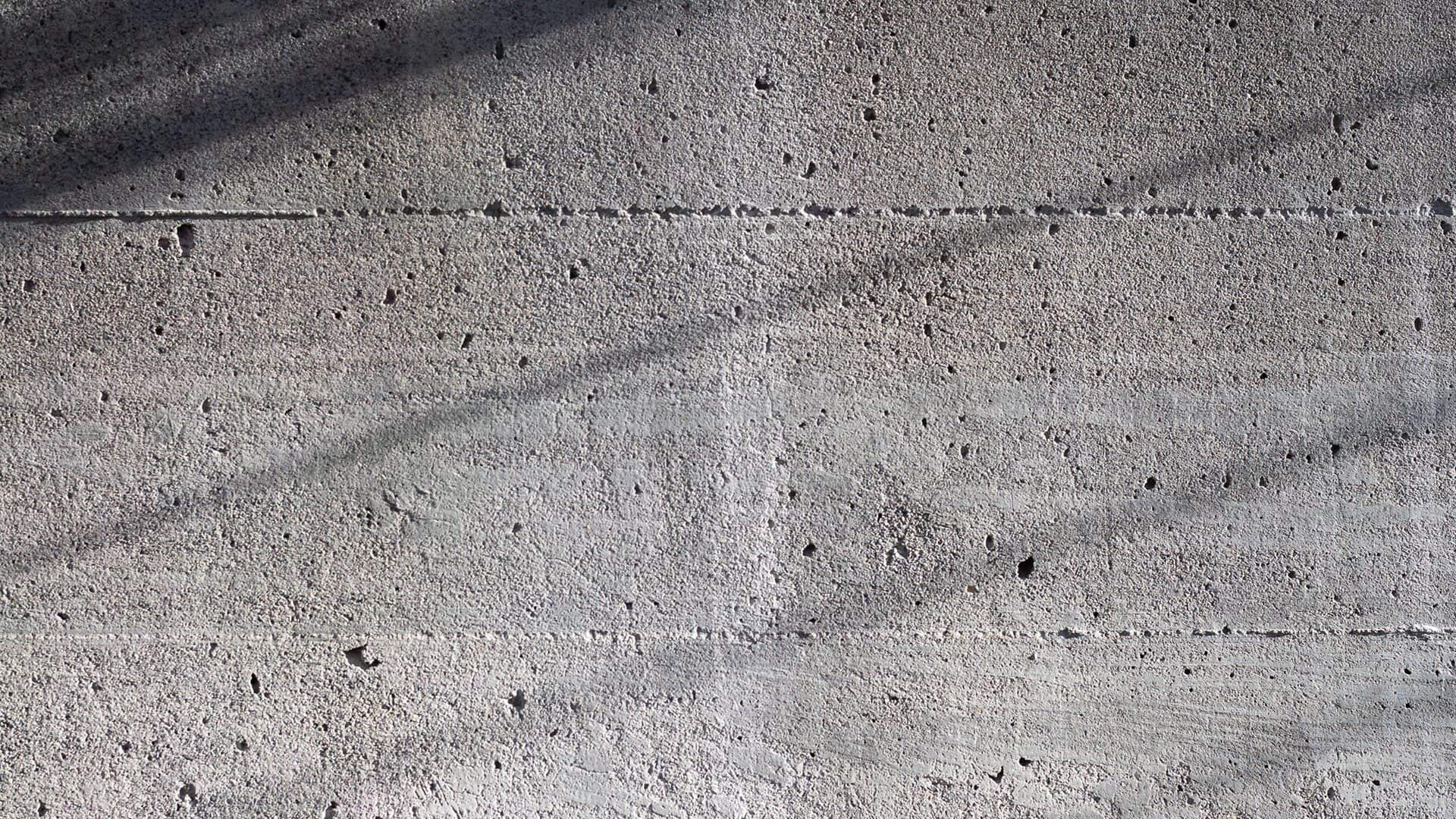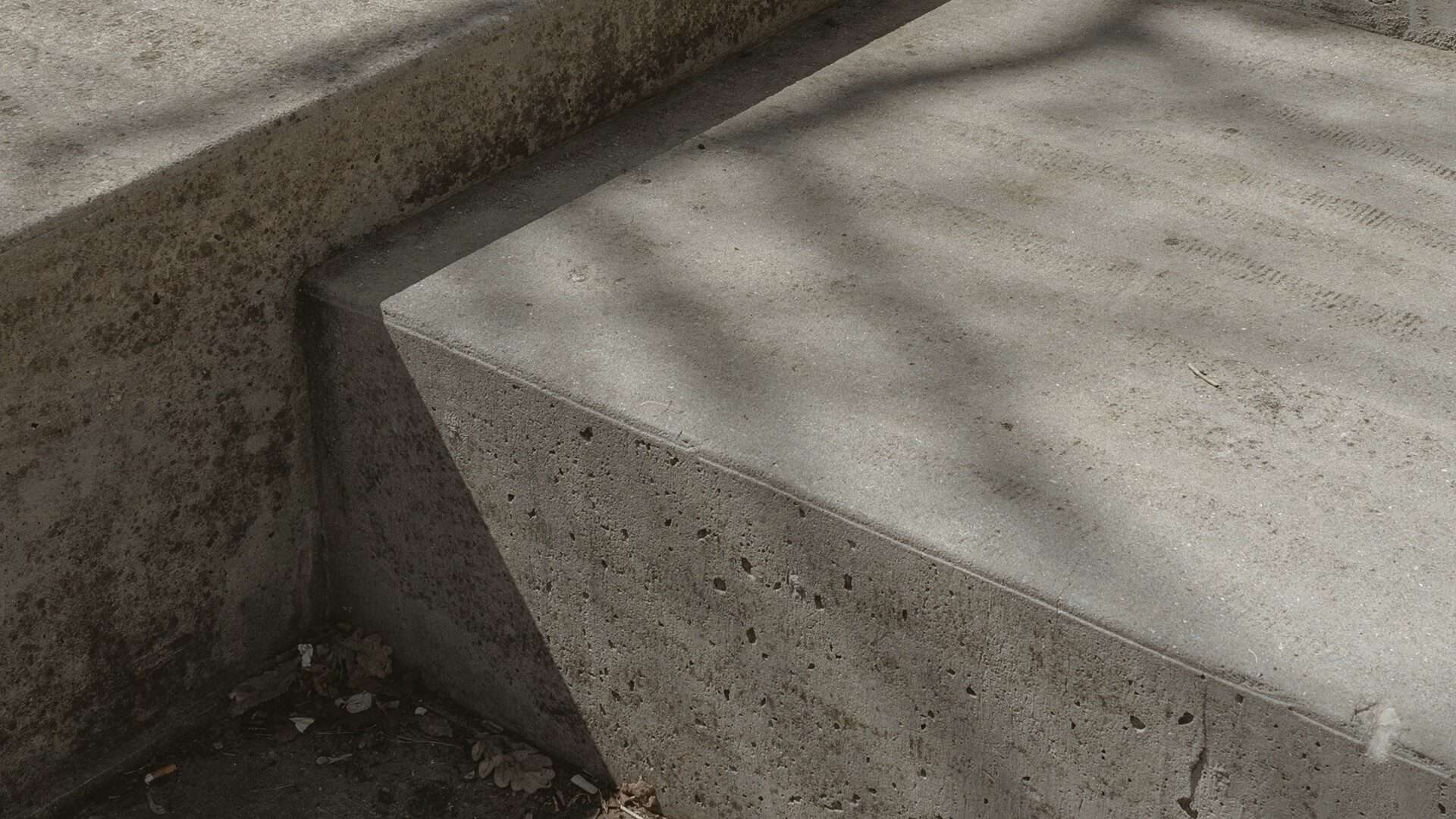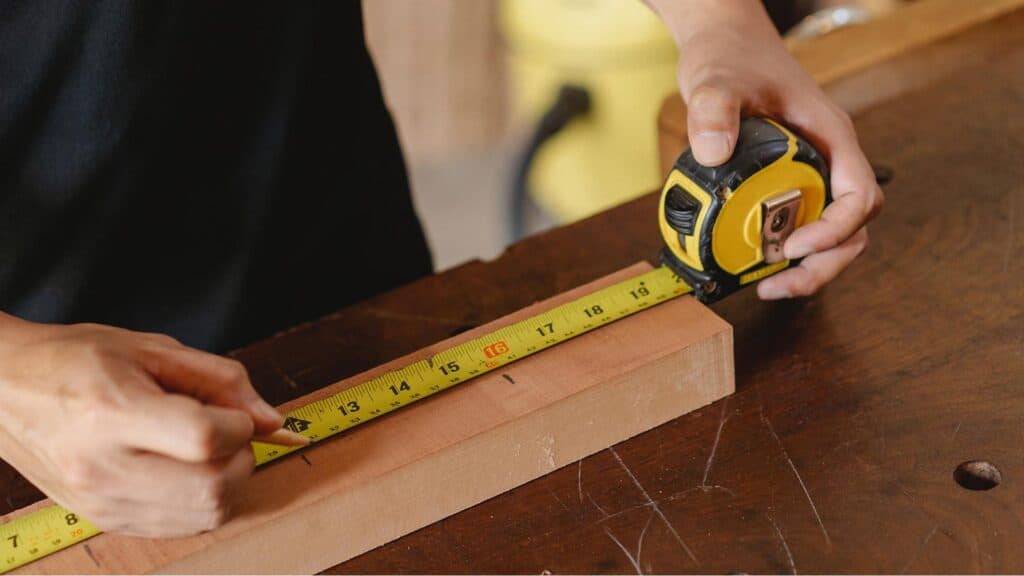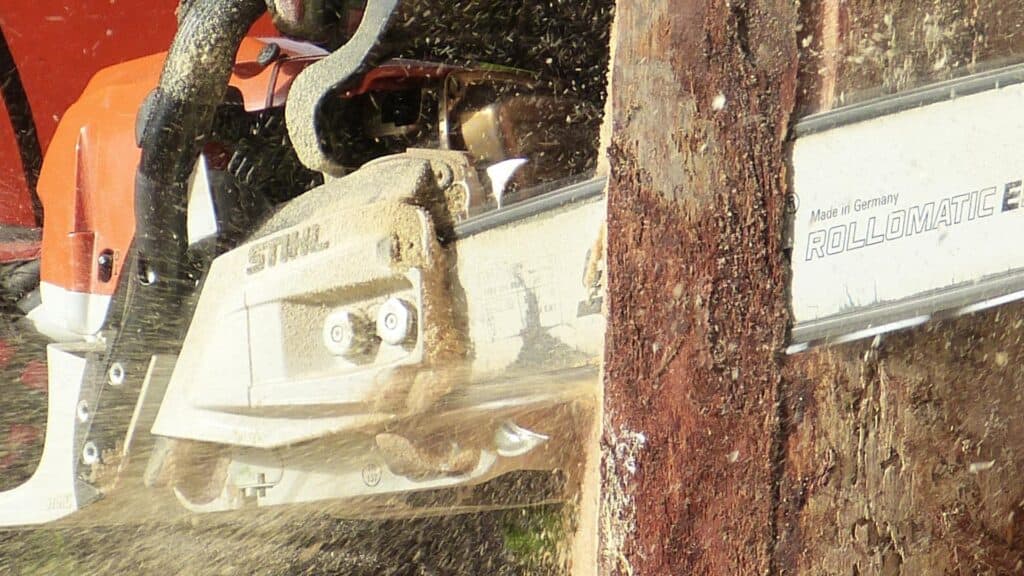When it comes to renovating or repairing concrete surfaces, sanding is one of the most commonly used techniques. It can be used to remove old paint or sealant, smooth out surface irregularities, and prepare the surface for a new finish. In this article, we will discuss how to sand concrete properly, as well as the different methods and options available to you. We’ll also cover some tips and tricks for sanding different types of concrete surfaces.
One of the most popular choices amongst homeowners nowadays is exposed concrete floors, which they choose because they are quite appealing and useful. Naturally, the question arises as to how to sand concrete floors to get to the surface in order to create an ADA-compliant look like this.
Table of Contents
Why Should I Sand My Concrete Floor?
The main reason people sand their concrete floors is to improve their appearance. Sanding can remove old paint or sealant, smooth out surface irregularities, and prepare the surface for a new finish. In some cases, sanding is also used to create a textured finish on concrete floors.
Another common reason for sanding concrete floors is to create a slip-resistant surface. This is often done in commercial settings where there is a need for extra traction, such as in restaurants or hospitals.
How Much Does Floor Sanding Cost?
The cost of floor sanding will depend on a number of factors, such as the size of the area to be sanded and the type of finish you want to achieve.
In general, you can expect to pay between $0.50 and $0.70 per square foot for basic sanding services. If you want a more specialized finish, such as a slip-resistant surface, the cost will be higher.
Before You Begin:
Have the Proper Equipment
To sand concrete, you’ll need a few different types of equipment:
- A power sander (either a hand-held orbital sander or a floor-standing drum sander)
- Sandpaper (coarse, medium, or fine grits)
- A dust mask or respirator
- Eye protection
- Hearing protection
- A shop vac or other powerful vacuum cleaner (optional)
Prepare the Surface
The first step is to inspect the surface and repair any cracks or damage. Once the surface is smooth, clean it with a degreaser or concrete cleaner to remove any dirt, oil, or other contaminants.
The next step is to remove any existing paint or sealant from the surface of the concrete. This can be done with a power washer or a chemical stripper.
Once the old finish has been removed, the next step is to sand down the surface of the concrete. There are a few different ways that this can be done, and the method that you choose will depend on the type of concrete surface that you’re working with.
Use a Chemical Stripper
If you’re working with a rougher concrete surface, you may need to use a chemical stripper to remove the old finish. Chemical strippers are available at most home improvement stores. Be sure to read the instructions carefully before using the stripper, as improper use can damage the floor.
After the stripper has been applied, use a floor grinder to sand down the surface of the concrete. This will give you a smooth, even finish.
Use a Power Washer
If you’re working with a rougher concrete surface, you may need to use a power washer to remove the old finish. Power washers are available for rent at most home improvement stores. Be sure to read the instructions carefully before using the power washer, as improper use can damage the floor.
After the power washer has been used, use a floor grinder to sand down the surface of the concrete. This will give you a smooth, even finish.
Angle Grinder
If you’re working with a rougher concrete surface, you may need to use an angle grinder to remove the old finish. Angle grinders are available for rent at most home improvement stores. Be sure to read the instructions carefully before using the angle grinder, as improper use can damage the floor.
- To use an angle grinder, start by sanding the edges of the area with the edge sander.
- Then, use the angle grinder to sand the rest of the area.
- Be sure to go over the entire area evenly to avoid leaving any sanding marks.
Choosing the Right Sandpaper
Once you’ve chosen the method that you’re going to use to sand the concrete, it’s time to choose the grit of sandpaper that you’re going to use. The grit is the measure of how abrasive the sandpaper is. The higher the grit, the finer the sandpaper. For example, 60-grit sandpaper is going to be much finer than 20-grit sandpaper.
The type of grit that you use will depend on the type of surface that you’re working with. If you’re working with a smooth concrete surface, you’ll want to use a finer grit sandpaper. If you’re working with a rougher concrete surface, you’ll want to use a coarser grit sandpaper.
You’ll also need to choose the type of sandpaper that you’re going to use. There are two main types of sandpaper:
- Closed-coated sandpaper: This sandpaper has a layer of adhesive on one side that prevents the sandpaper from clogging. This type of sandpaper is best for use with power sanders.
- Open-coated sandpaper: This sandpaper doesn’t have an adhesive layer, so it’s less likely to clog. This type of sandpaper is best for use by hand.
Once you’ve chosen the grit of sandpaper that you’re going to use, it’s time to start sanding the concrete. Begin by sanding along the grain of the concrete, and move slowly to avoid creating gouges in the surface. Once you’ve gone over the entire surface,
Methods and Concrete Sanding Tools
There are a few different methods to achieve the proper look of sanded concrete, and the best option for you will depend on the type of surface that you’re working with.
For example, if you’re working with a smooth concrete surface, you can use a hand sander or an orbital sander. These types of sanders will give you a smooth, even finish.
If you’re working with a rougher concrete surface, you may need to use a power washer or chemical stripper to remove the old finish.
Once the old finish is removed, you can use one of the following methods to sand down the surface of the concrete. This will give you a smooth, even finish.
Hire a Professional Sander
Your first option is to hire a professional sander. This is a good choice if you have a large area to sand or if you’re not familiar with the process of sanding concrete.
Professional sanders will have the proper equipment and knowledge to get the job done quickly and efficiently.
Hiring a professional sander can be a bit costly, so it’s important to compare prices before making a decision. You can get quotes from local sanding companies by searching online or by asking for recommendations from friends or family.
If you are more interested in saving money or are well-prepared for the sanding process, then you may want to rent the proper equipment and do it yourself.
Use a Floor Sander
If you’re sanding a concrete floor, you’ll need to use a floor sander. Floor sanders are available for rent at most home improvement stores. Be sure to read the instructions carefully before using the sander, as improper use can damage the floor.
- Start by sanding the edges of the floor with the edge sander.
- Then, use the orbital sander to sand the rest of the floor.
- Be sure to go over the entire floor evenly to avoid leaving any sanding marks.
Use a Hand Sander
If you’re working on a smaller area, or if you’re not comfortable using a floor sander, you can use a hand sander. Hand sanders are available at most home improvement stores.
- To use a hand sander, start by sanding the edges of the area with the edge sander.
- Then, use the orbital sander to sand the rest of the area.
- Be sure to go over the entire area evenly to avoid leaving any sanding marks.
Use a Floor Grinder
If you’re working with a smoother concrete surface, you can use a floor grinder to sand down the surface of the concrete.
Floor grinders are available for rent at most home improvement stores. Be sure to read the instructions carefully before using the floor grinder, as improper use can damage the floor.
- Start by sanding the edges of the floor with the edge sander.
- Then, use the floor grinder to sand the rest of the floor.
- Be sure to go over the entire floor evenly to avoid leaving any sanding marks.
Use an Orbital Sander
If you’re working with a smaller area, or if you’re not comfortable using a floor sander, you can use an orbital sander. Orbital sanders are available at most home improvement stores.
- To use an orbital sander, start by sanding the edges of the area with the edge sander.
- Then, use the orbital sander to sand the rest of the area.
- Be sure to go over the entire area evenly to avoid leaving any sanding marks.
Wet Sanding vs Dry Sanding
There are two main methods for sanding concrete: wet sanding and dry sanding. Wet sanding is the more traditional method, and it involves using a hose to wet down the area before you start sanding. This helps to keep the dust down and makes it easier to see what you’re doing.
Dry sanding is the newer method, and it involves using a vacuum to collect the dust as you sand. This method is more efficient, and it’s less messy than wet sanding.
Which method you use is up to you, and we recommend consulting a professional before attempting anything that can put you at risk.
What’s the Difference Between Concrete Grinders, Concrete Sanders, and Concrete Polishers?
Concrete grinders are used to remove paint, stains, and other imperfections from concrete surfaces. You would usually use a concrete grinder before applying a new coat of paint or sealant to the surface.
Concrete sanders are used to smooth out rough concrete surfaces. You would use a concrete sander before applying a new coat of paint or sealant to the surface.
Concrete polishers are used to create a high-gloss finish on concrete surfaces. You would use a concrete polisher after applying a new coat of paint or sealant to the surface.
Tips for Sanding Concrete
- Use a dust mask to avoid breathing in concrete dust.
- Wear ear protection to avoid damaging your hearing.
- Use eye protection to avoid getting concrete dust in your eyes.
- Use a vacuum with a HEPA filter to remove concrete dust from the area after sanding.
- Wet the surface before sanding to prevent concrete dust from becoming airborne.
- Sand in a well-ventilated area to avoid breathing in concrete dust.
- Dispose of concrete dust properly to avoid environmental contamination.
How to Sand Concrete
Now that we’ve covered the necessary steps to prepare you for sanding concrete here are in-depth steps for how to tackle your project.
As we mentioned before, sanding concrete is a multi-step process. The first step is to remove any existing finishes on the concrete surface. This can be done with a power washer or chemical stripper.
Once the old finish is removed, you can use one of the following methods to sand down the surface of the concrete. This will help to create a smooth surface for the new finish.
The Methods (as listed above)
- Hire a professional (this is if you feel the project is too demanding or time-consuming to do for yourself)
- Floor sander
- Orbital sander
- Hand sander
Choose Your Sandpaper
Next, you’ll need to choose the right sandpaper. For most projects, you’ll want to use a medium-grit sandpaper. If the surface is particularly smooth, you may be able to use a fine-grit sandpaper.
If the surface is very rough, you may need to start with a coarse-grit sandpaper and then move to a finer grit. Be sure to match the sandpaper to the sander you’re using.
Sand the Concrete Surface
Once you’ve chosen the right sandpaper, you can begin sanding the surface of the concrete.
Once you’ve chosen the right sandpaper, you can begin sanding the surface of the concrete. Start with the edges and then move to the main area. Be sure to go over the entire surface evenly to avoid leaving any sanding marks.
- Start by sanding the edges of the floor or wall with the edge sander.
- Then, use the floor sander or orbital sander to sand the rest of the area.
- Be sure to go over the entire area evenly to avoid leaving any sanding marks.
Finish Up
Vacuum
After you’ve finished the sanding process you’ll want to remove any concrete dust from the area. You can do this with a vacuum that has a HEPA filter.
You can get these at most home improvement stores. Be sure to dispose of the concrete dust properly to avoid environmental contamination.
Wipe Down
After you’ve vacuumed the area, you’ll want to wipe it down with a damp cloth. This will remove any remaining concrete dust and help to prepare the surface for the new finish.
When Do You Use a Concrete Finish?
Now that we’ve gone over how to sand concrete, you may be wondering when you would use a concrete finish.
A concrete finish can be used for both indoor and outdoor projects. It’s a good idea to use a finish on concrete surfaces that will be exposed to weathering or wear. This includes patios, driveways, sidewalks, and garage floors.
Types of Concrete Finishes
A concrete finish can also be used to change the color or style of a concrete surface. This can be done with stain, paint, or sealer. You can use a concrete finish to give your home a new look without having to replace the existing concrete.
- Concrete Sealant: Concrete sealer is a clear or tinted coating that helps to protect the concrete from stains, weathering, and wear. It can also give the concrete a lustrous shine.
- Concrete Stain: Concrete stain is a water-based or acid-based product that penetrates the concrete and changes its color.
- Concrete Paint: Concrete paint is a thick, pigmented coating that covers the concrete and gives it a new color.
Concrete finishes are also a good way to protect concrete surfaces from stains, weathering, and wear. This is especially important for outdoor concrete surfaces that are exposed to the elements.
When choosing a concrete finish, be sure to consider the type of surface you’re working with and the purpose of the finish. This will help you choose the best product for your project.
If you’re not sure which concrete finish to use, be sure to ask a professional for advice. They can help you choose the best product for your project and give you tips on how to apply it.
When applying a sealer, stain, or paint to concrete, be sure to follow the manufacturer’s instructions for the best results. You’ll also want to work in a well-ventilated area to avoid breathing in fumes.
What About Concrete Polish?
Concrete polish is a type of finish that’s been gaining popularity in recent years. It’s a durable and attractive finish that can be used on both indoor and outdoor concrete surfaces.
Concrete polish is made by grinding the concrete with progressively finer abrasives until it reaches a glossy finish. This process can be done by hand or with a machine.
Polishing concrete is a good choice for high-traffic areas or surfaces that need to be easy to clean. It’s also a good way to change the color or style of concrete without having to replace it.
If you’re considering concrete polish for your project, be sure to ask a professional for advice. They can help you choose the best product for your project and give you tips on how to apply it.
FAQs
Q: How to achieve a salt and pepper finish?
A: The best way to achieve a salt and pepper finish is to use a concrete grinding machine. This will give you the most control over the abrasiveness of the process. You can start with a coarser grit and work your way up to a finer one until you reach the desired finish.
Q: How to sand a concrete countertop?
A: The best way to sand concrete countertops is to use a hand sander with progressively finer grit sandpaper. You’ll want to start with coarse grit and work your way up to a finer one. Be sure to vacuum the area regularly to remove concrete dust.
Q: What are Diamond Pads?
A: Diamond pads are a type of abrasive pad that’s often used for concrete grinding. They’re made of diamond-coated resin and are available in a variety of grits.
They are good for concrete grinding because they’re long-lasting and can be used on both wet and dry concrete.
Diamond polishing pads are also available and can be used to create a high-gloss finish on concrete.
Q: How to get an exposed aggregate finish?
A: An exposed aggregate finish is achieved by removing the top layer of concrete to reveal the aggregate beneath. This can be done with a machine or by hand.
To achieve this finish, you’ll need to start with concrete that has a smooth surface. You can then use an exposed aggregate sealer to protect the concrete and give it a glossy finish.
Q: Do I use chemical concrete hardener?
A: It is not necessary to use a chemical concrete hardener. You can simply use a concrete sealer to protect your surface. However, if you are looking for a more durable finish, you may want to consider using a chemical hardener. This will add strength and durability to your concrete.





